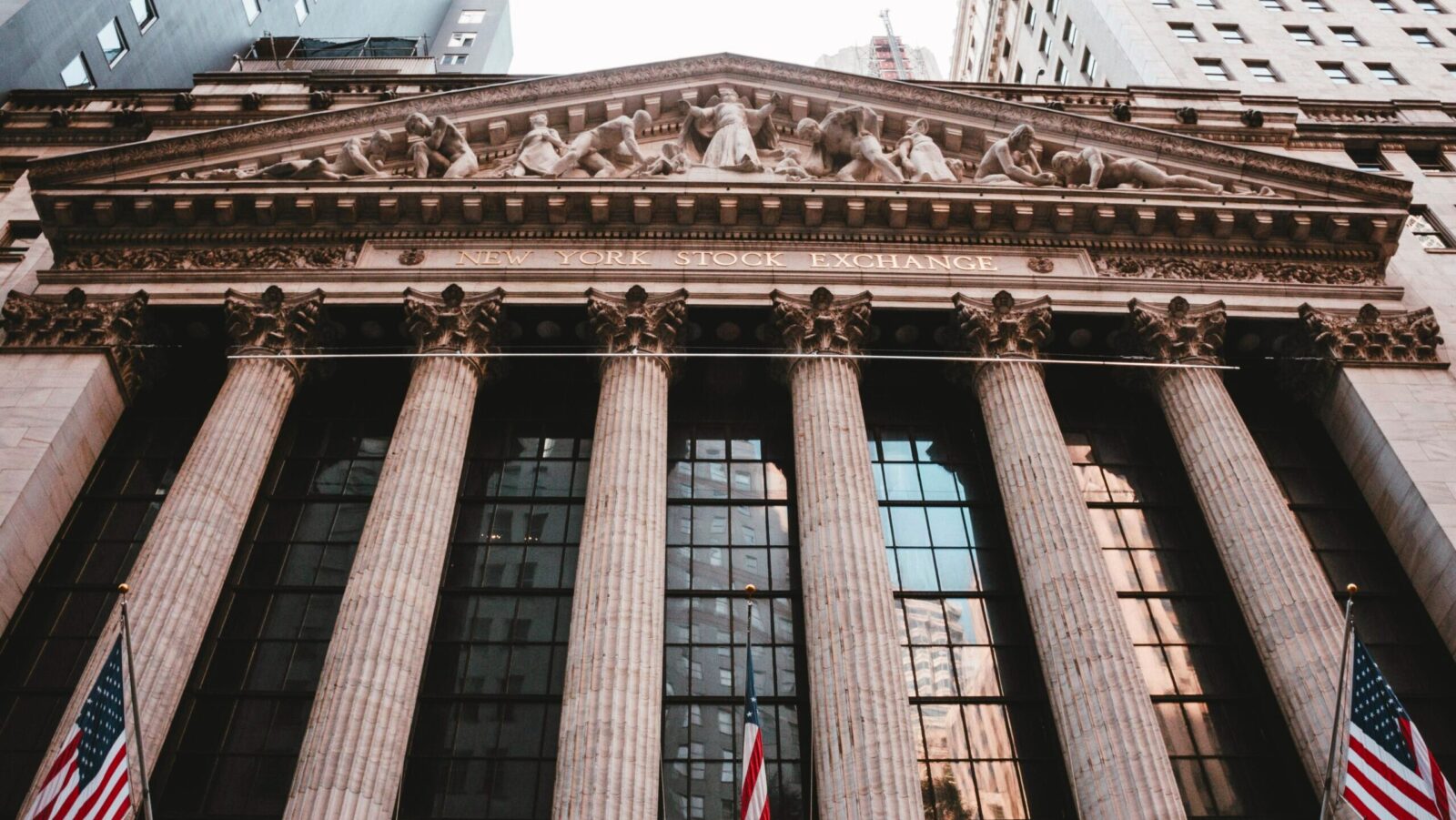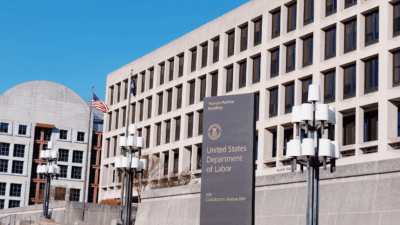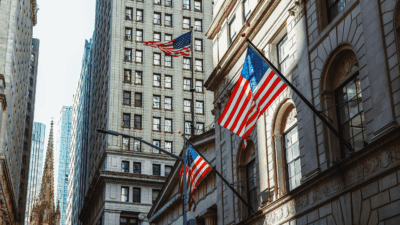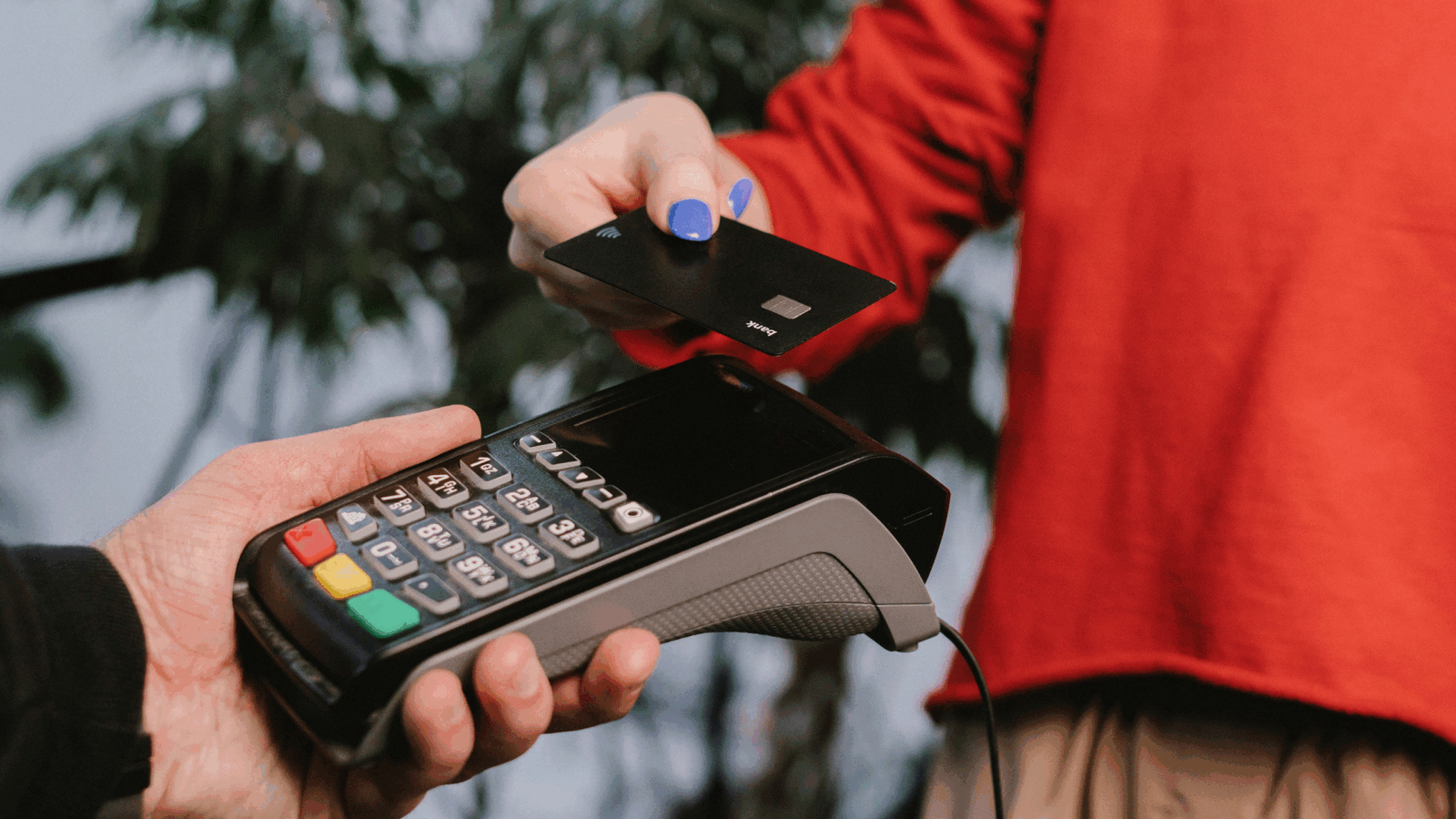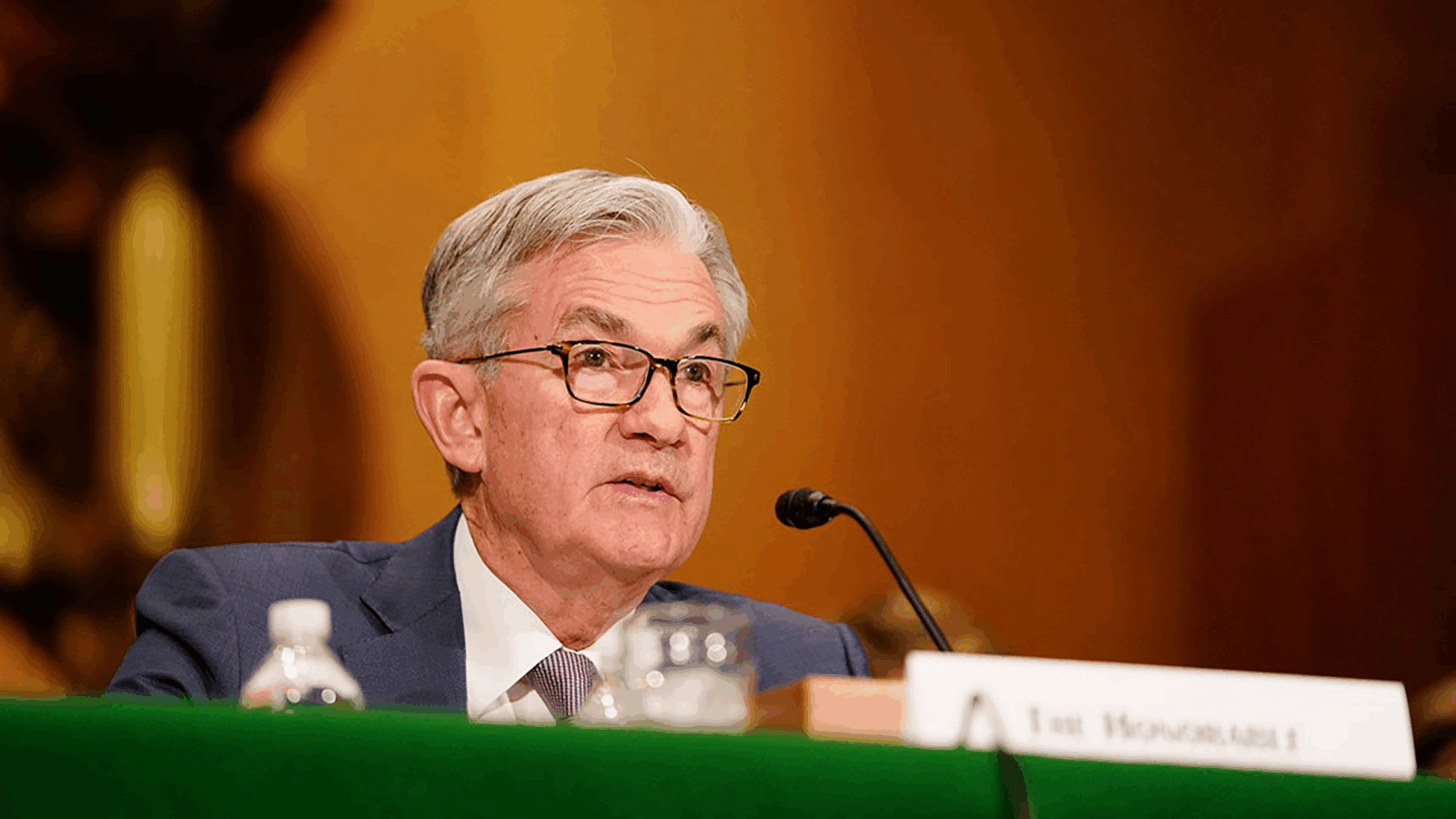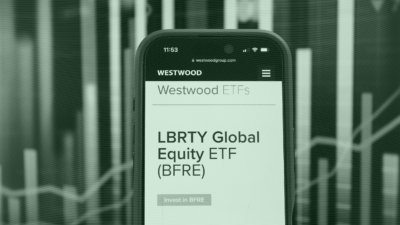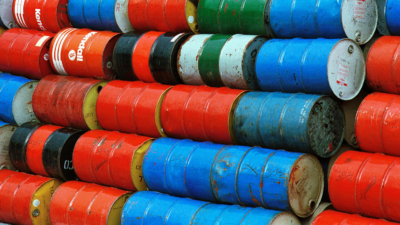Sign up for smart news, insights, and analysis on the biggest financial stories of the day.
Gear up for even higher prices in the grocery aisle.
The U.N.’s gauge of global food prices has ticked up 18% since May and reached its highest level since 2015 in December. This year, food prices are expected to climb even higher.
Food Inflation Is Real
Reasons for the rise are widespread. In South America, the second-most severe drought in 20 years has decimated crops like corn and soy. Meanwhile, Argentina and Russia, a top wheat producer, have enacted protectionist measures, reducing global exports.
Palm oil, which you’ll find in about half of all grocery products, is at a 10-year high. That’s because of La Niña and pressure on producers, namely Indonesia and Malaysia, to cut expansion of palm oil plantations for the sake of the environment.
All this has happened as Chinese demand increases.
The effects of food inflation are not limited to the obvious pain from having to pay more at the grocery store.
- People in developing countries, with weaker safety nets, could face mass starvation.
- Food inflation could drive up general inflation. And general inflation will weaken central banks’ stimulus capabilities.
Things Could Be Worse
The world last faced a major food crisis from 2008 to 2011. The crisis pushed between 130 million and 155 million people into poverty worldwide, according to the The World Bank.
In 2011, the U.N.’s food price gauge hit a peak of 131.9. That index averaged 107.5 in December.
- Tim Benton, a research director at Chatham House, told Bloomberg, “We’re still nothing like a decade ago…But still, Covid has the potential to upset things in terms of flows of goods, in terms of access to labor.”
The Takeaway: Palm oil prices may stabilize in 2021, but even that good news comes with a problem: The drop is predicted because demand for restaurants is low.
